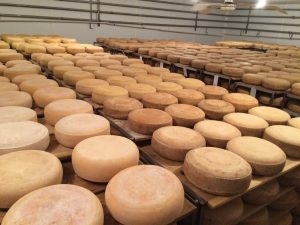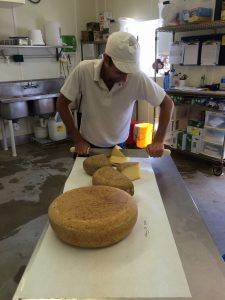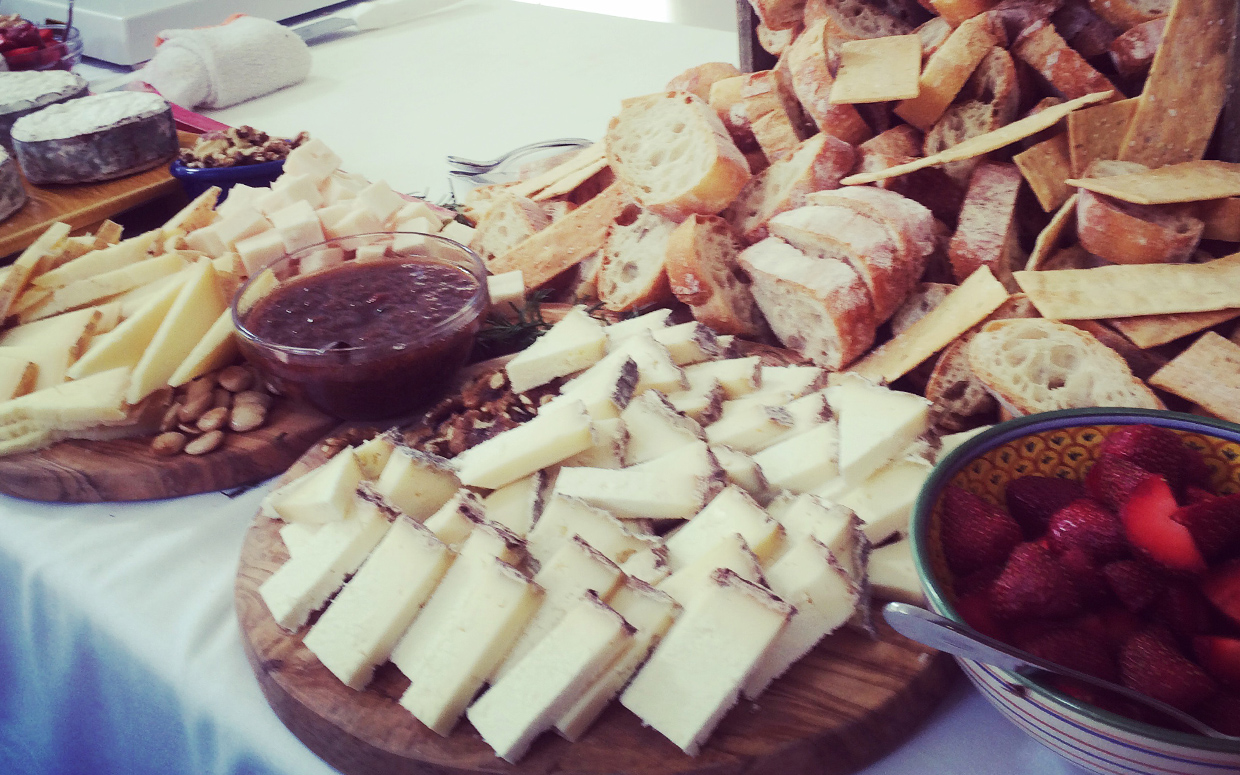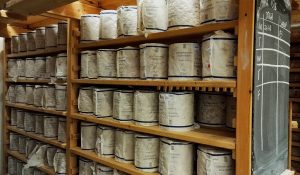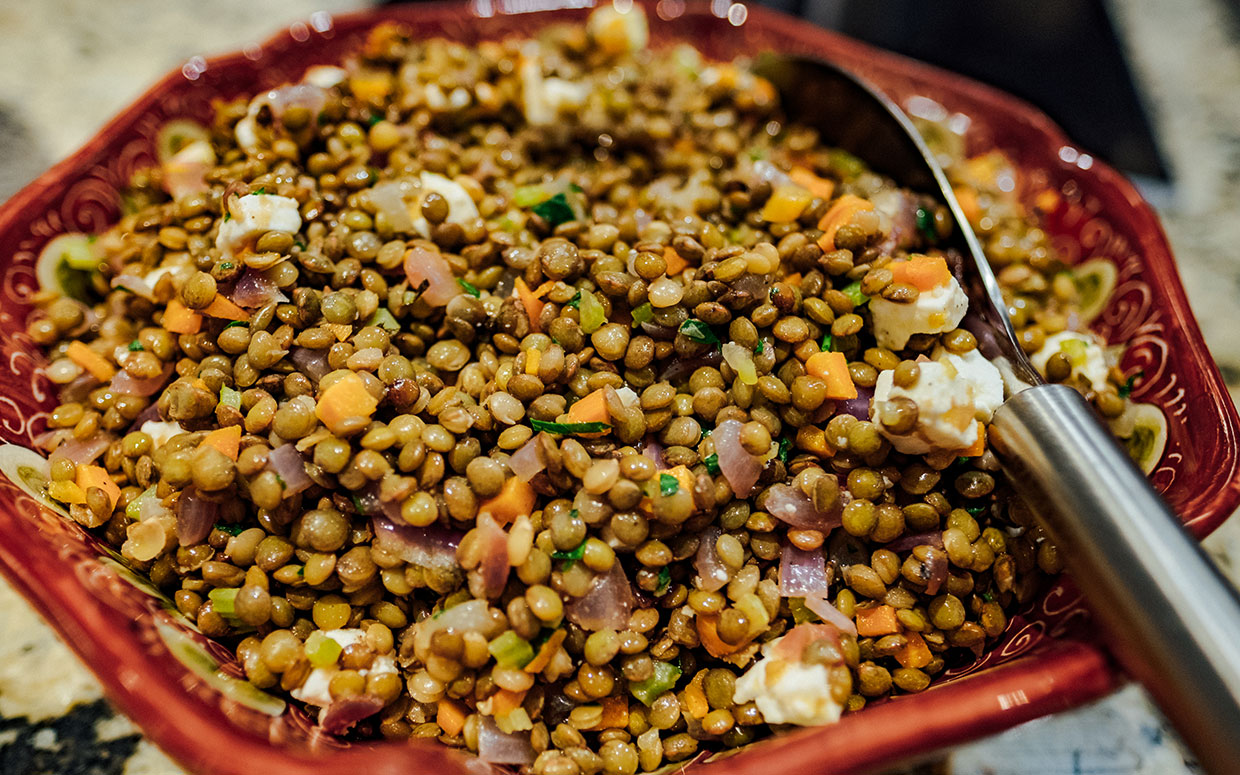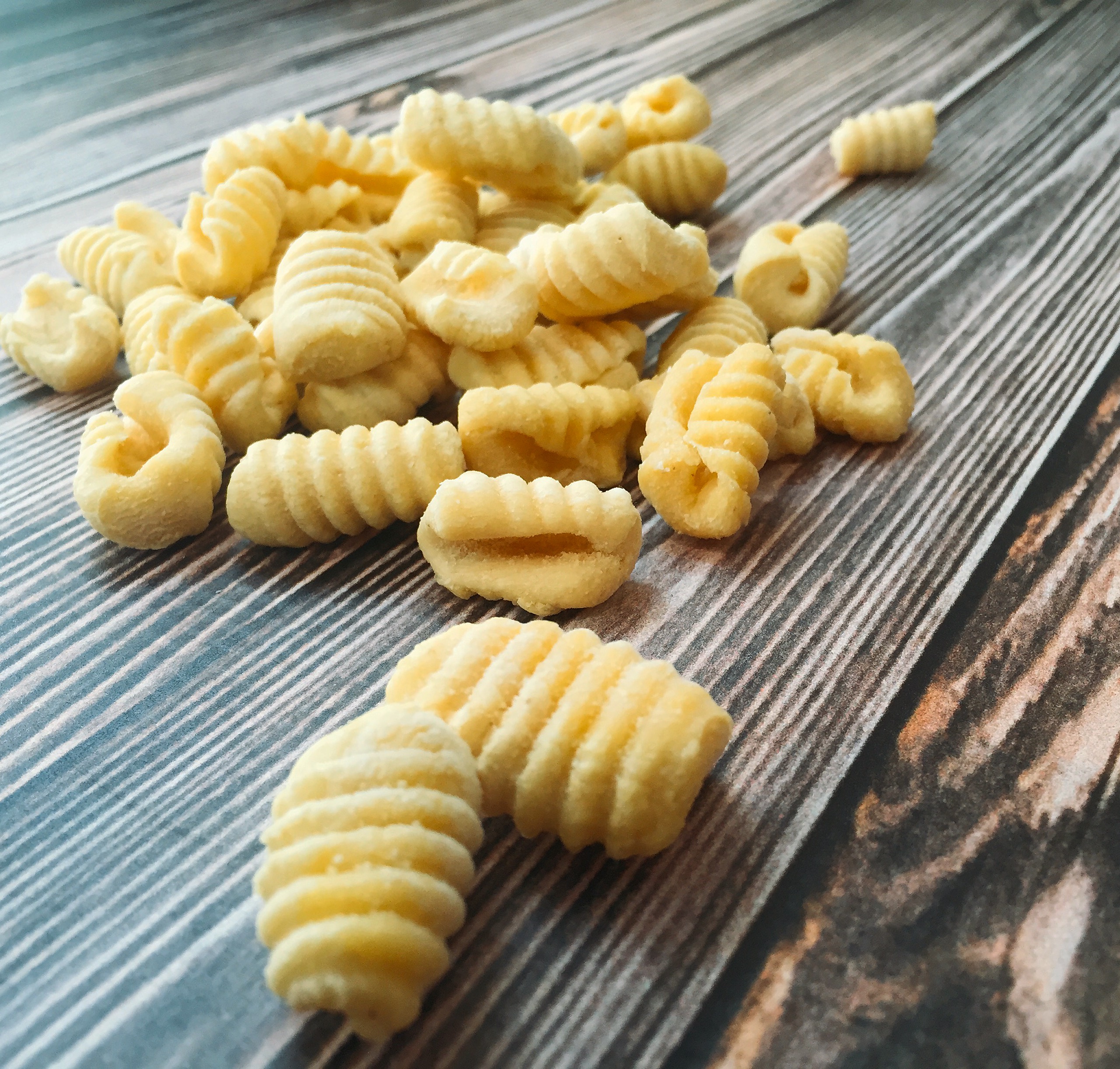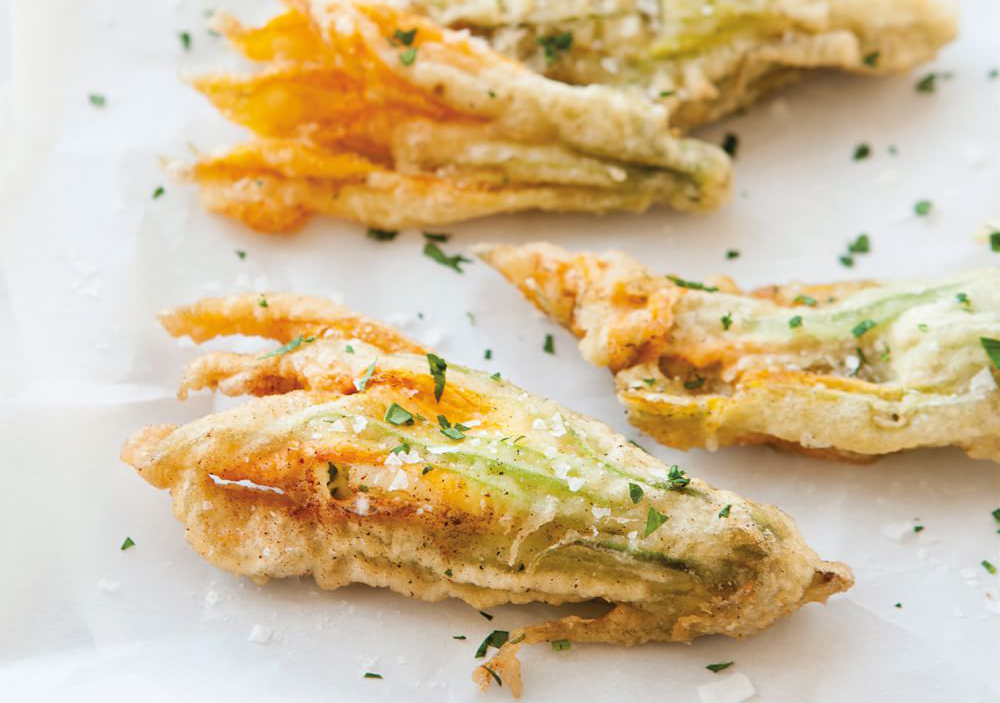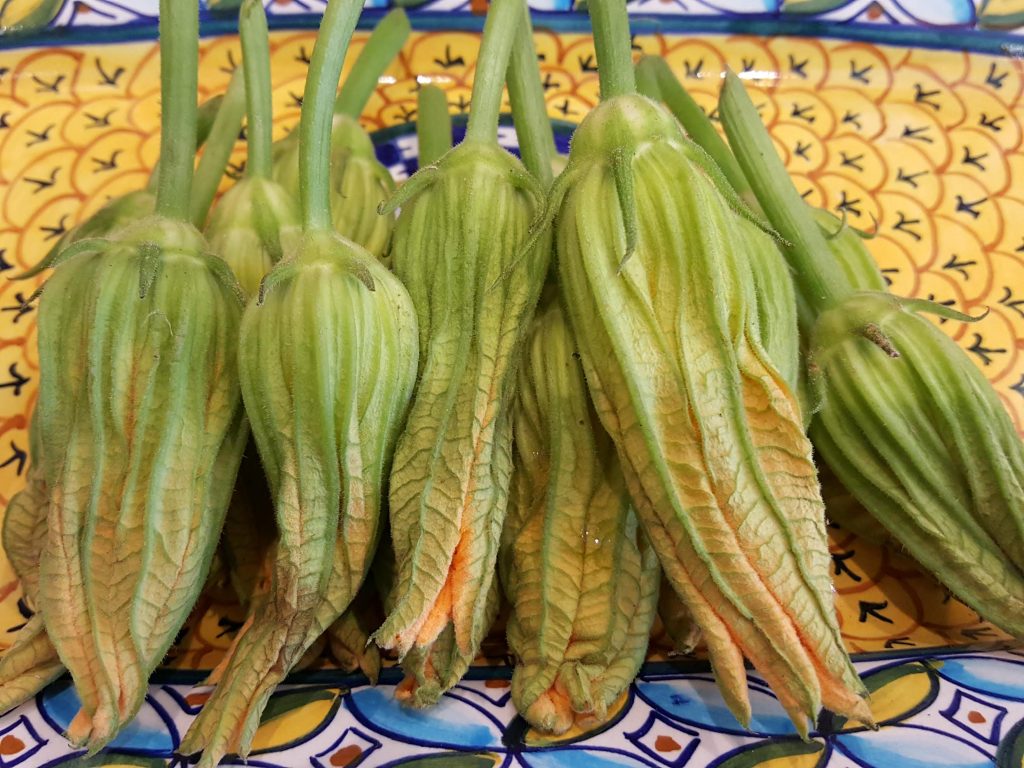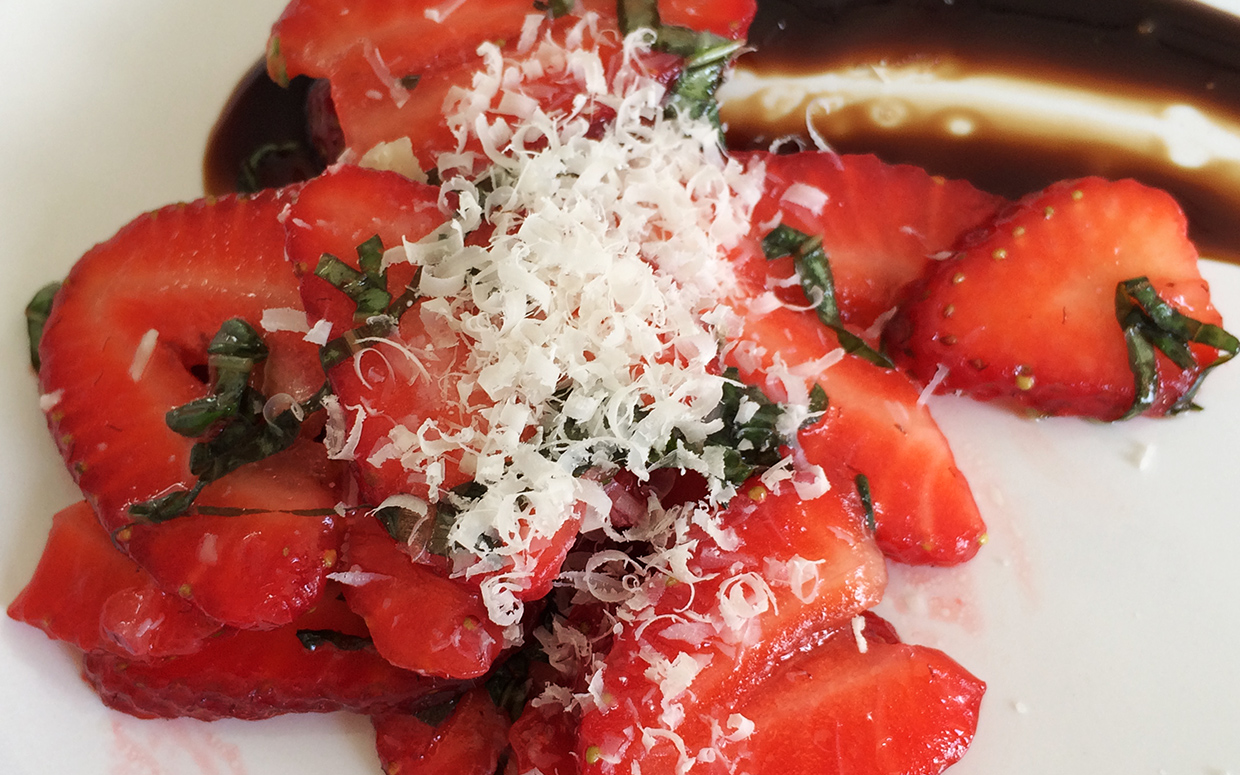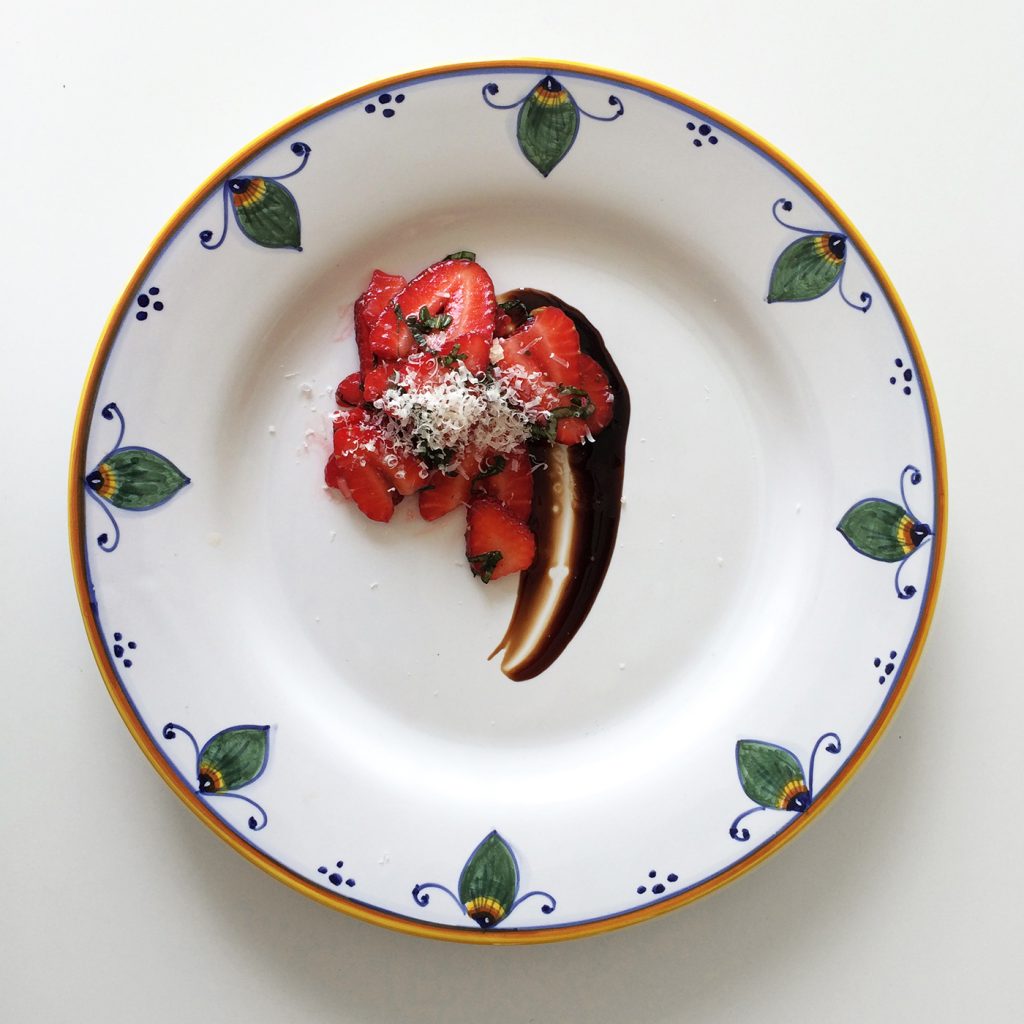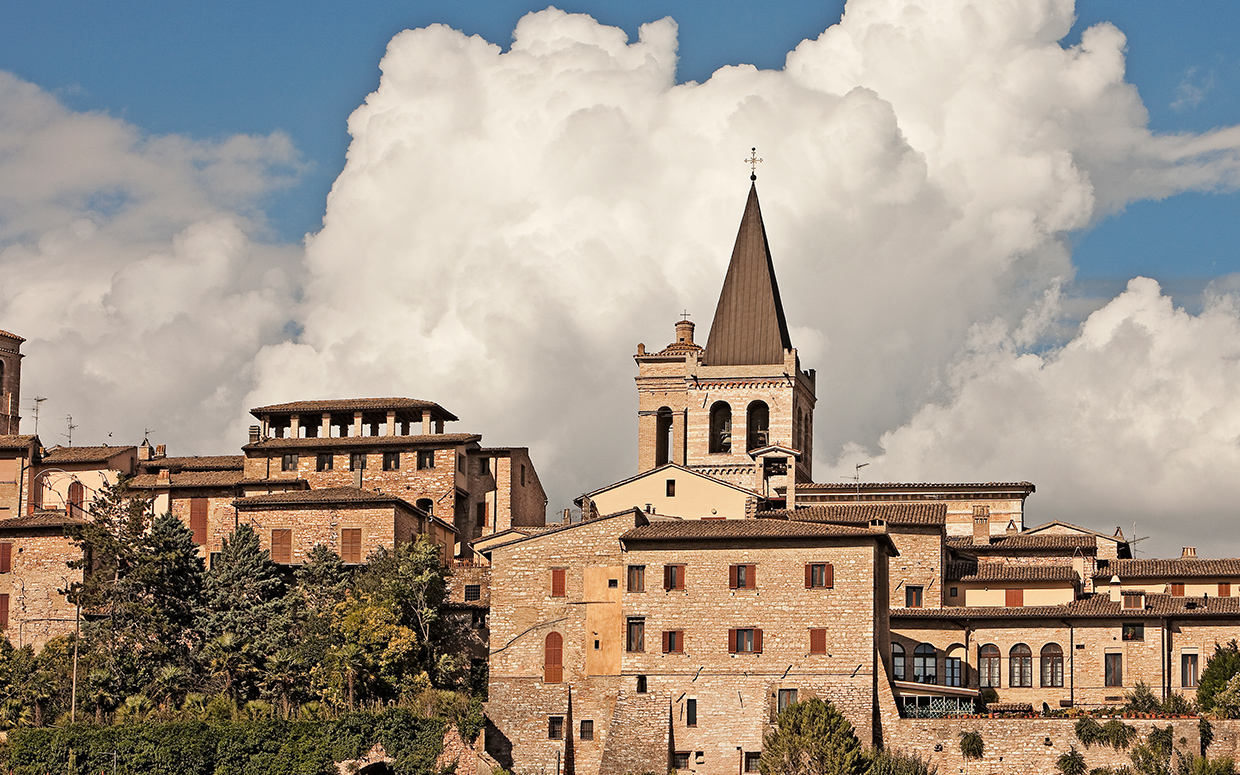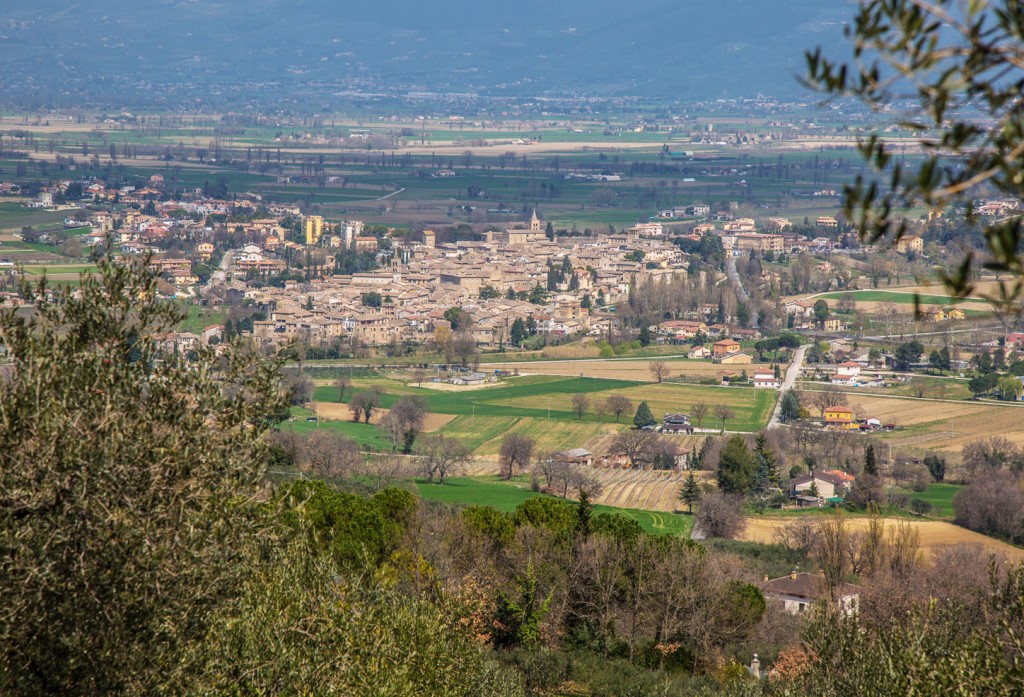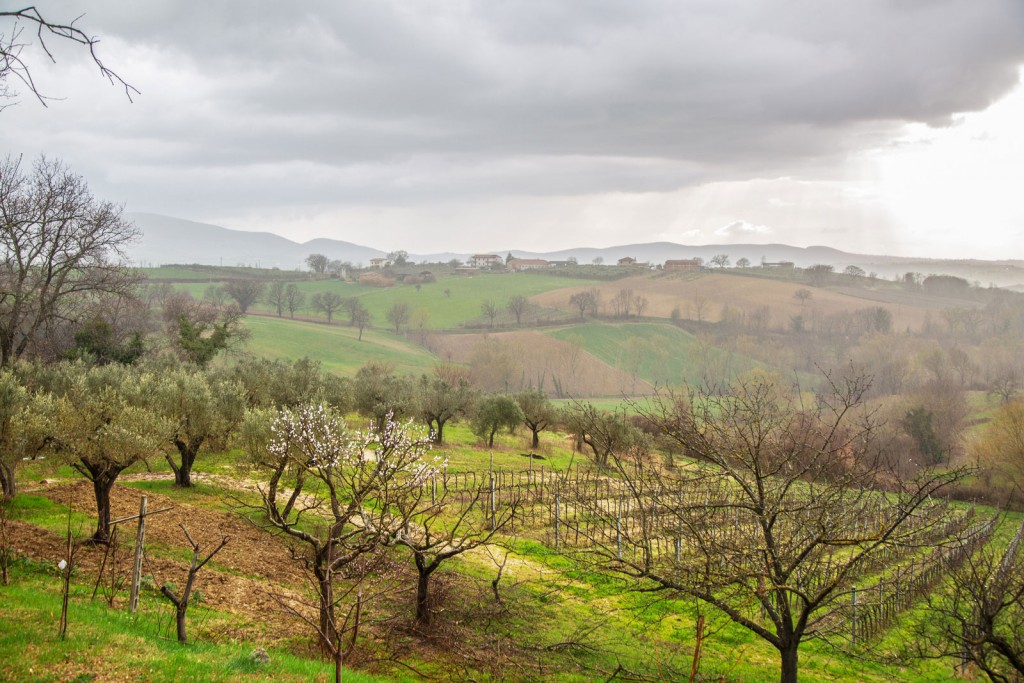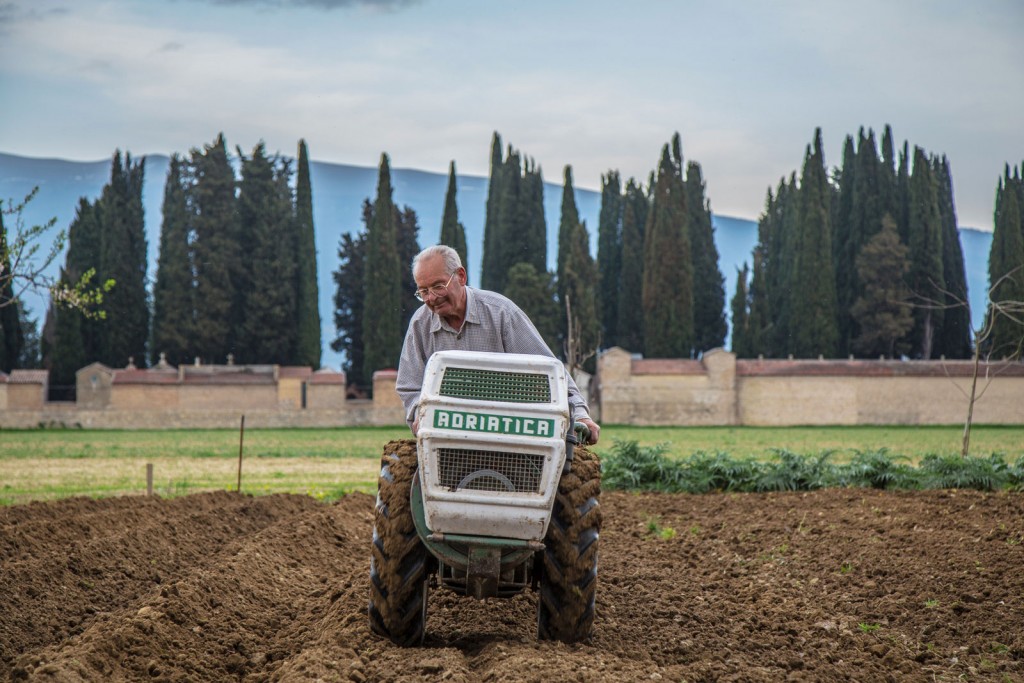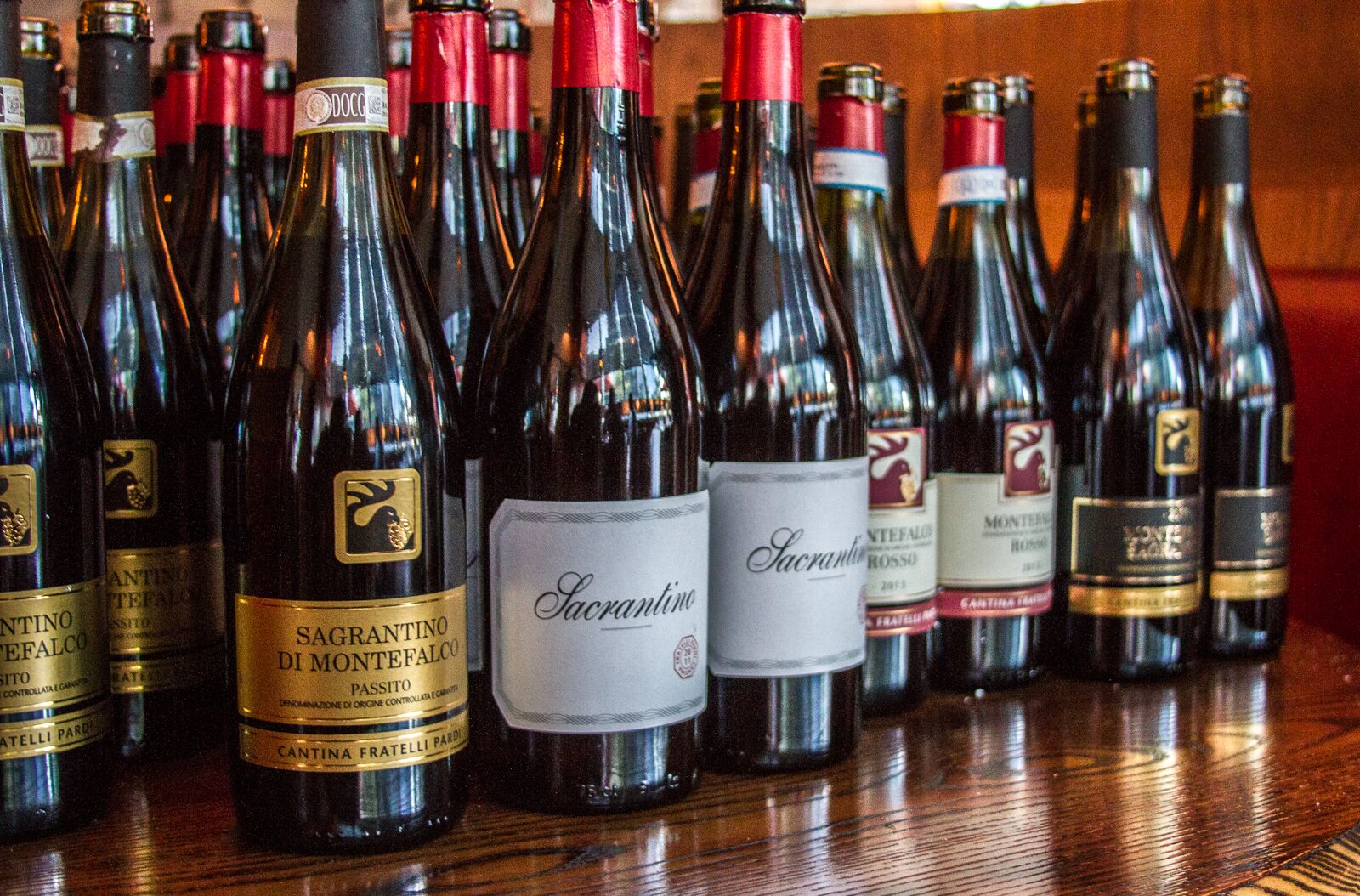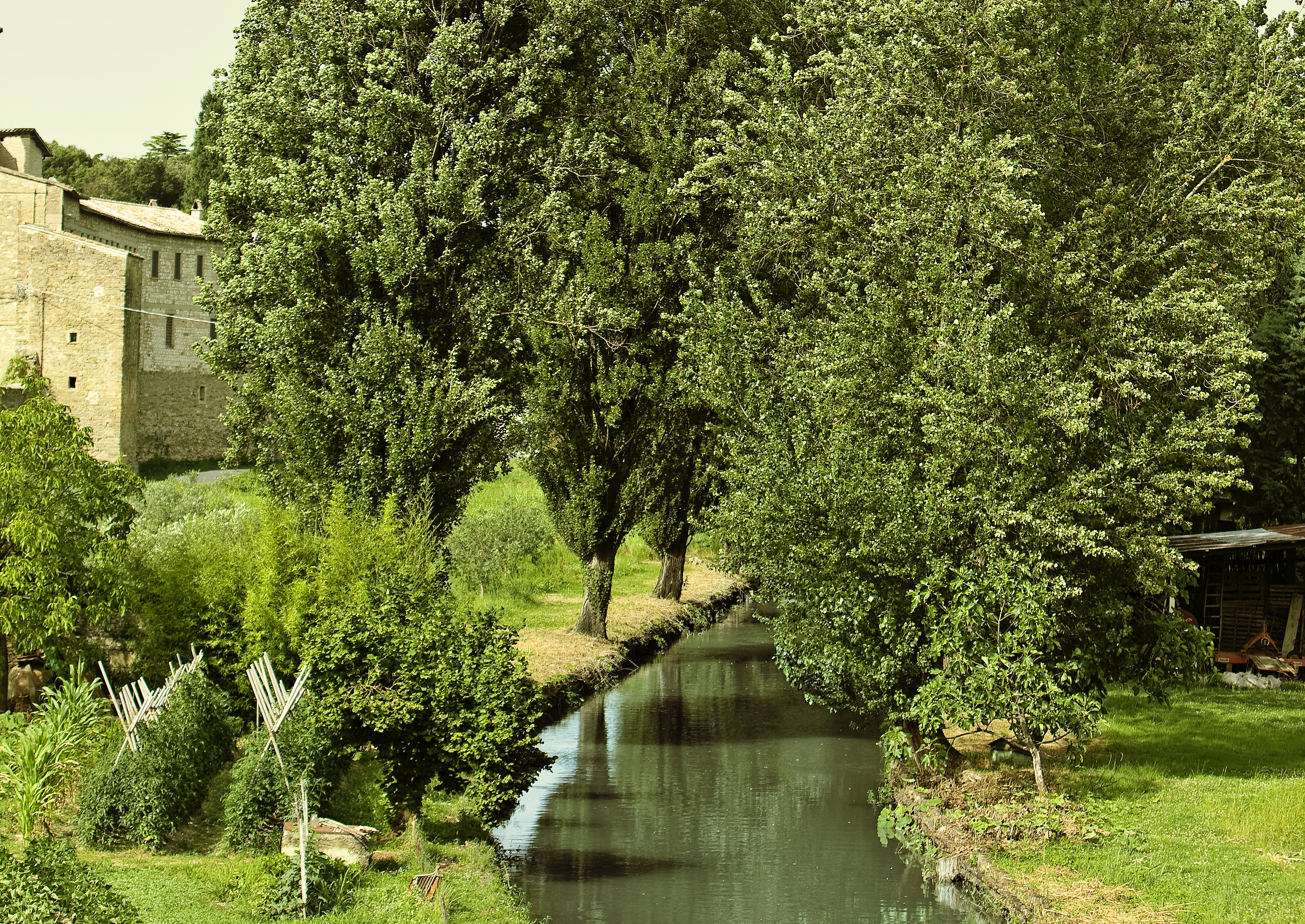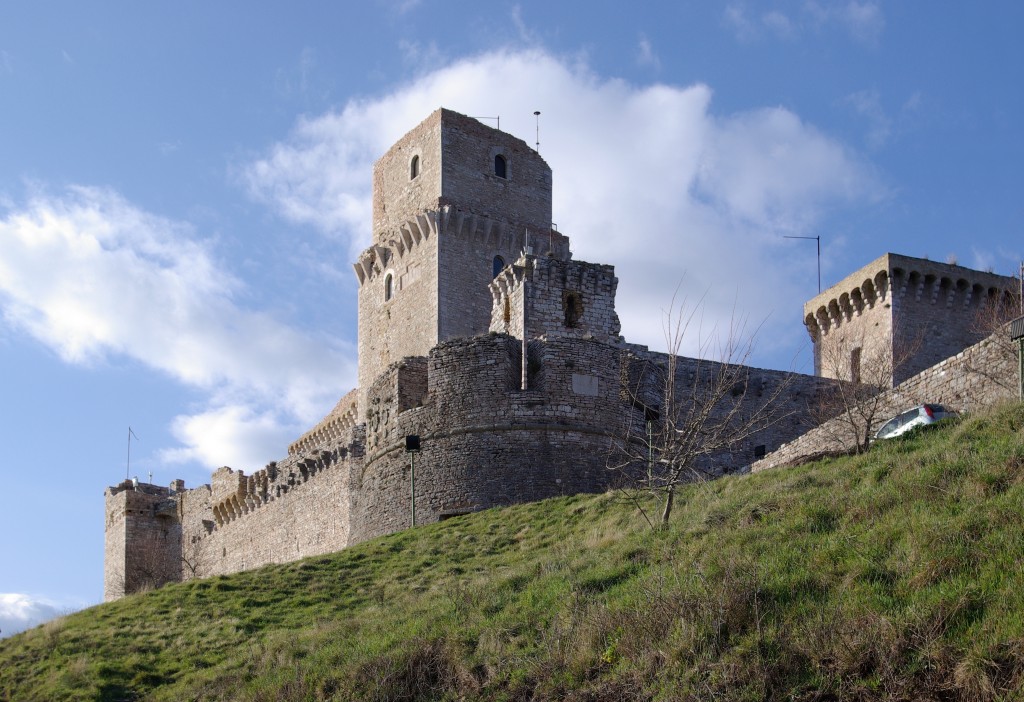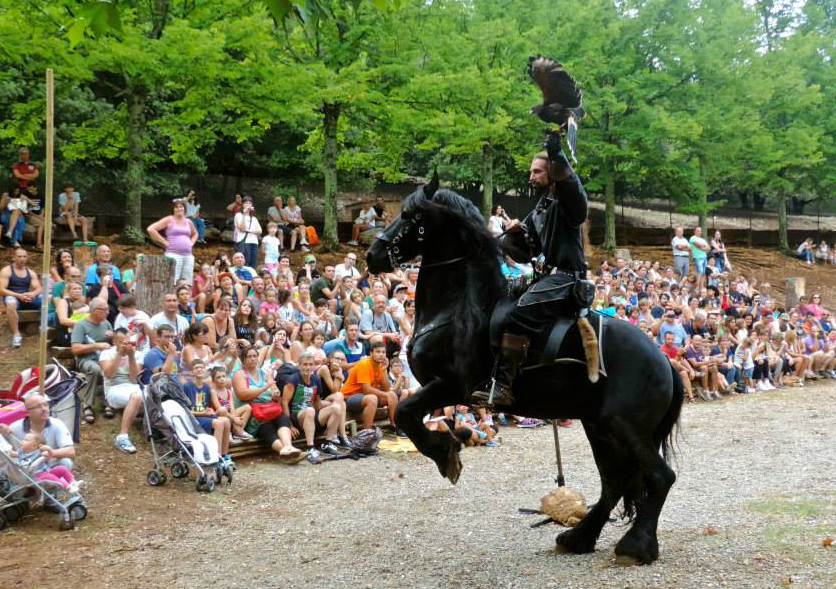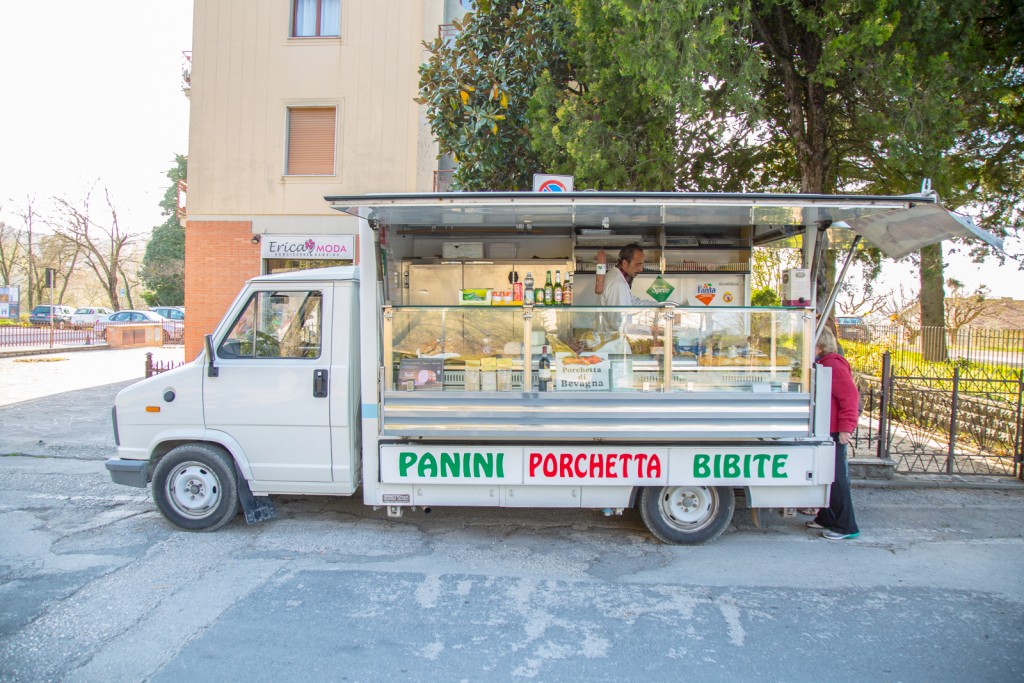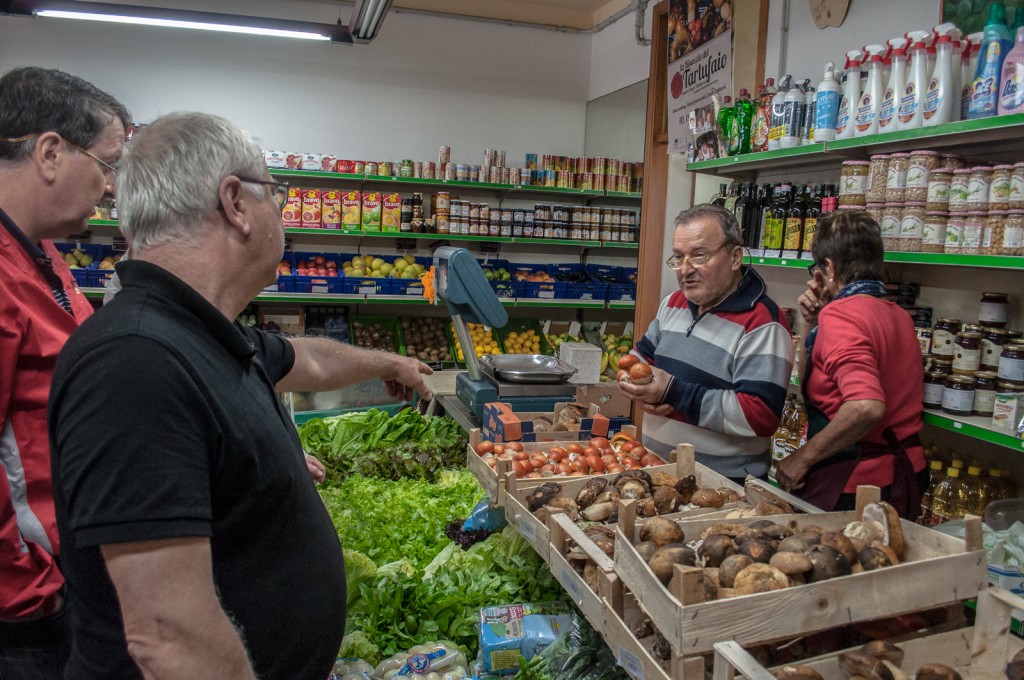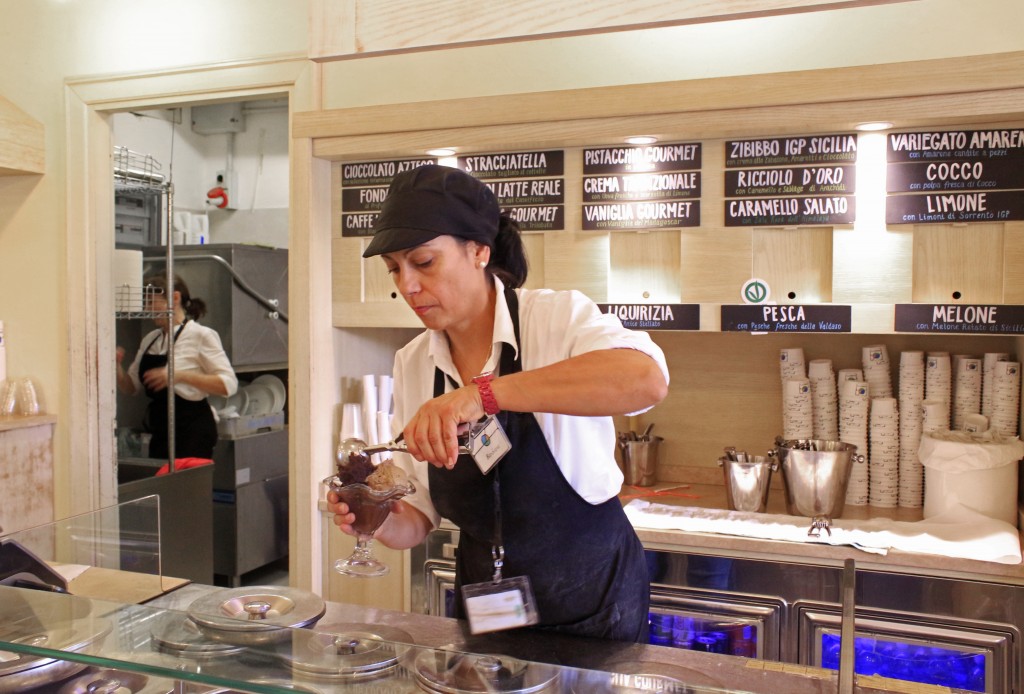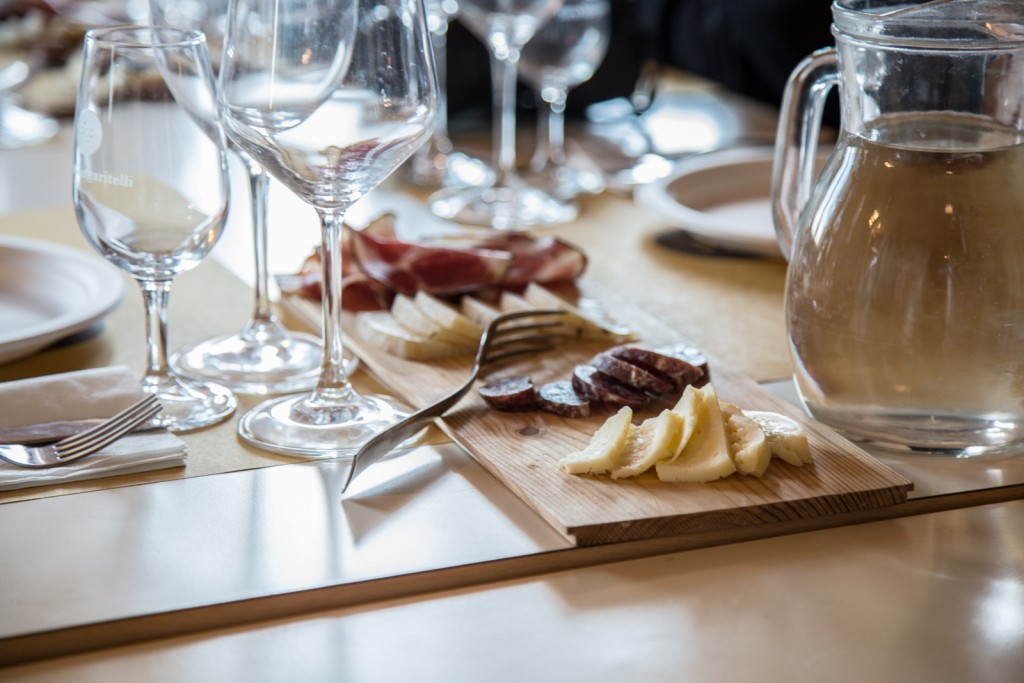Wisconsin. America’s Dairyland. Home of the Cheeseheads. Guys, let me tell you…they didn’t get those nicknames for nothing.
Last week, I was lucky enough to spend a few days with the Wisconsin Milk Marketing Board, touring around Wisconsin’s beautiful countryside and learning all about their homegrown cheeses. Even though I grew up just south of the Wisconsin/Illinois border and have traveled there quite a few times (I actually learned to ski in Wisconsin…on old landfills covered in snow…but that’s a story for another time), I was shocked by how much I didn’t know.
For example, did you know that 90% of the milk that’s produced in Wisconsin is made into cheese? 90%!!! And when you’re called America’s Dairyland, you know that that wasn’t a small amount of milk to start out with. And have you heard of the Master Cheesemaker program? Yup, at the University of Wisconsin in Madison (and only at the University of Wisconsin in Madison), you can become a certified Master Cheesemaker. Also, did you know that 96% of the farms in Wisconsin are family farms? Who knew, right?
The aspect of the trip that struck me the most, however, was the passion that these farmers and cheesemakers have for what they do. Big plant, small farm, co-op – regardless of how each individual’s cheese gets made, that farmer or cheesemaker is doing everything they can to provide the best possible care for their animals and to make the best quality product. A few times during the trip, big, burly farmers or cheesemakers would tear up when talking about what they do and why they do it. It’s so easy for many of us, especially those of us who live in big cities, to forget that everything we consume comes from somewhere and is produced by someone. For me, meeting all of these incredibly dedicated and passionate people who have devoted their entire lives to the craft of cheesemaking really hit this point home.
One of the farms that I found to be the most fascinating was Uplands Cheese Company. Located in the Driftless region of the state – the only part of Wisconsin that wasn’t flattened by glaciers 10,000 years ago – the farm is situated on 300 acres of beautiful rolling hills and valleys. These 300 acres have been broken down into small paddocks, and each day during the spring, summer, and fall, the cows are rotated to a new field. This method, called “rotational grazing” allows the animals to have constant access to fresh, bountiful grass and herbs, while allowing the fields time to recover and replenish their vegetal stock. Because of this practice, the milk that the Uplands cows produce is chock full nutrients and, importantly, flavor.
Talking with Andy Hatch, the head cheesemaker at Uplands, it became very clear what his mission is: to make cheeses that do justice to the milk that his cows produce. Milk produced during different times of the year will have distinctive properties, and his goal is to use the cheese as a way to showcase those varying attributes. In that spirit, he only makes two cheeses – Rush Creek Reserve, which uses hay-based, heavy, fat-laden late fall/early winter milk, and Pleasant Ridge Reserve.
In the spring, summer, and early fall, the cows produce predominantly grass-fed milk, which lends itself well to alpine-style cheeses. Hence, during this period, Hatch makes the famous Pleasant Ridge Reserve, which is based on French and Swiss favorites like Gruyere and Beaufort. Something you should know: Pleasant Ridge Reserve is the most awarded cheese in America. Yep, you read that right – no other cheese in America has as many American Cheese Society or US Cheese Championship titles under it’s belt. And when you taste it, it’s clear as to why – not only is this cheese smooth and nutty, but you can also taste the green, grassy, herbaceous pasture that the cows have been munching on. It’s balance is unparalleled, and it is both approachable and nuanced, satisfying both the cheese-shy and connoisseurs.
I’m thrilled to announce that this fabulous cheese, Pleasant Ridge Reserve, will be our September Cheese of the Month! A true American classic, it’s a cheese that I am so excited to bring to the Via Umbria counter and can’t wait to share with my customers. Please join us for our next monthly Cheese Party, next Wednesday, September 7th, to taste this fantastic piece of America’s Dairyland.



